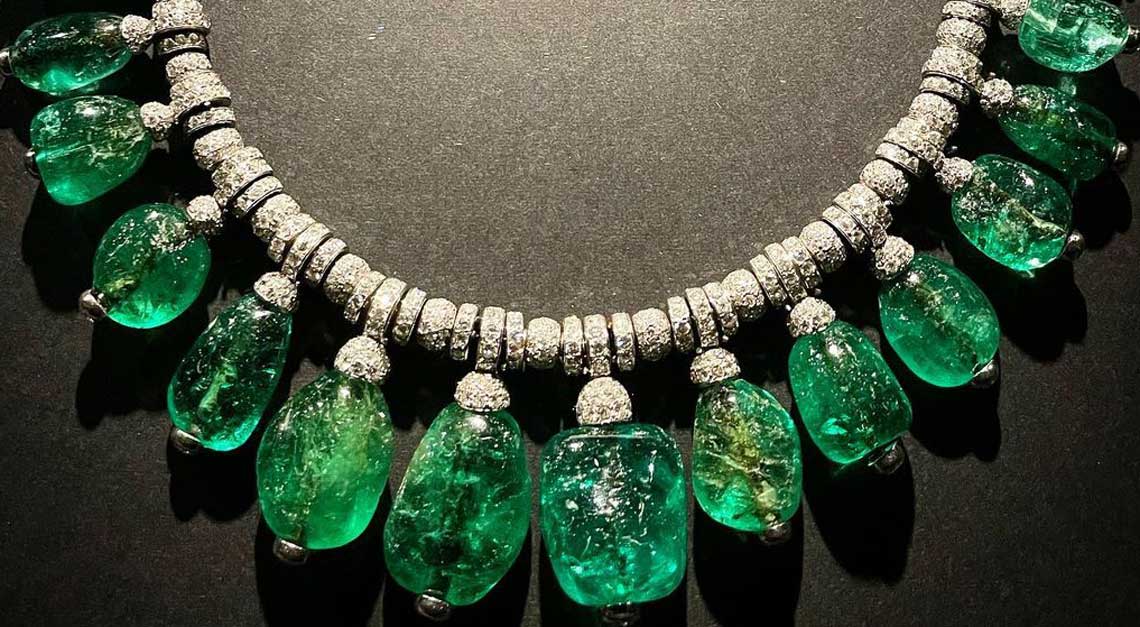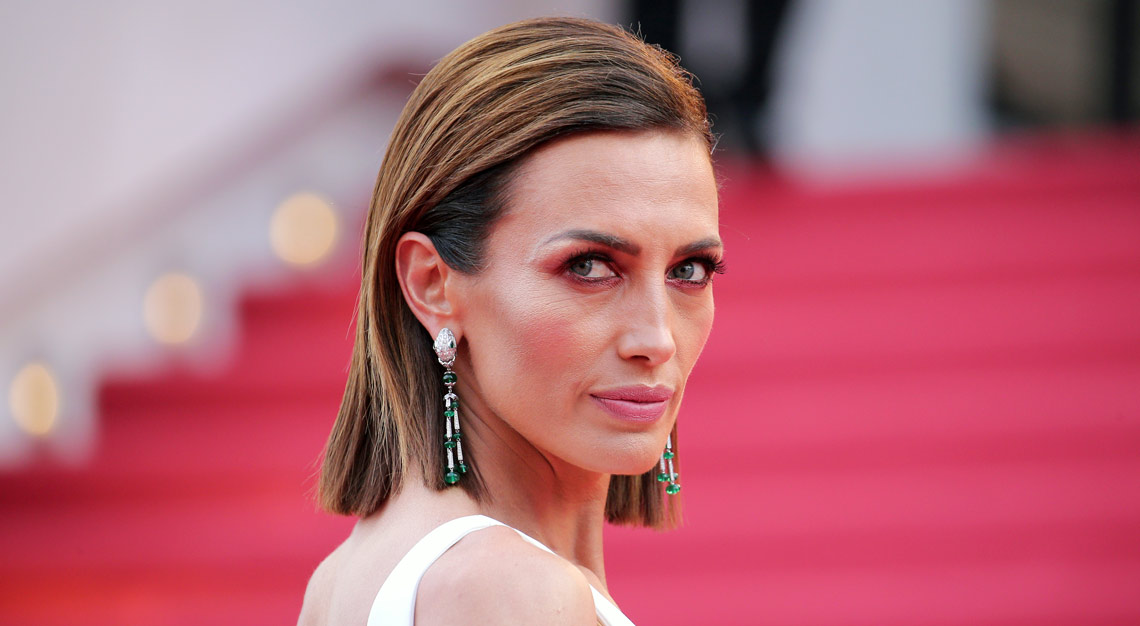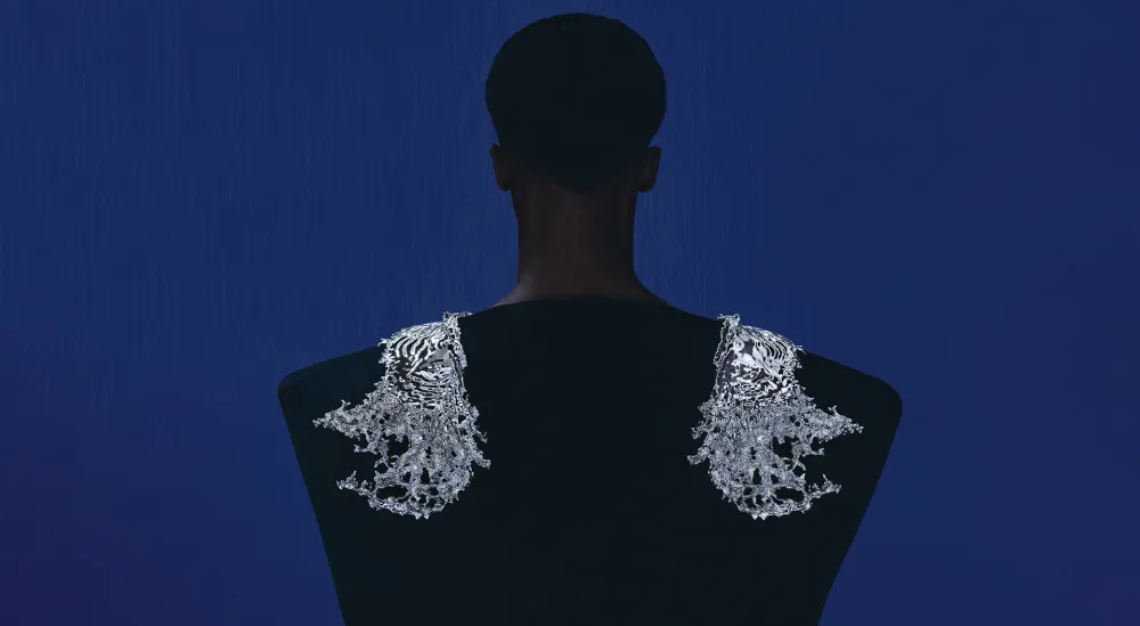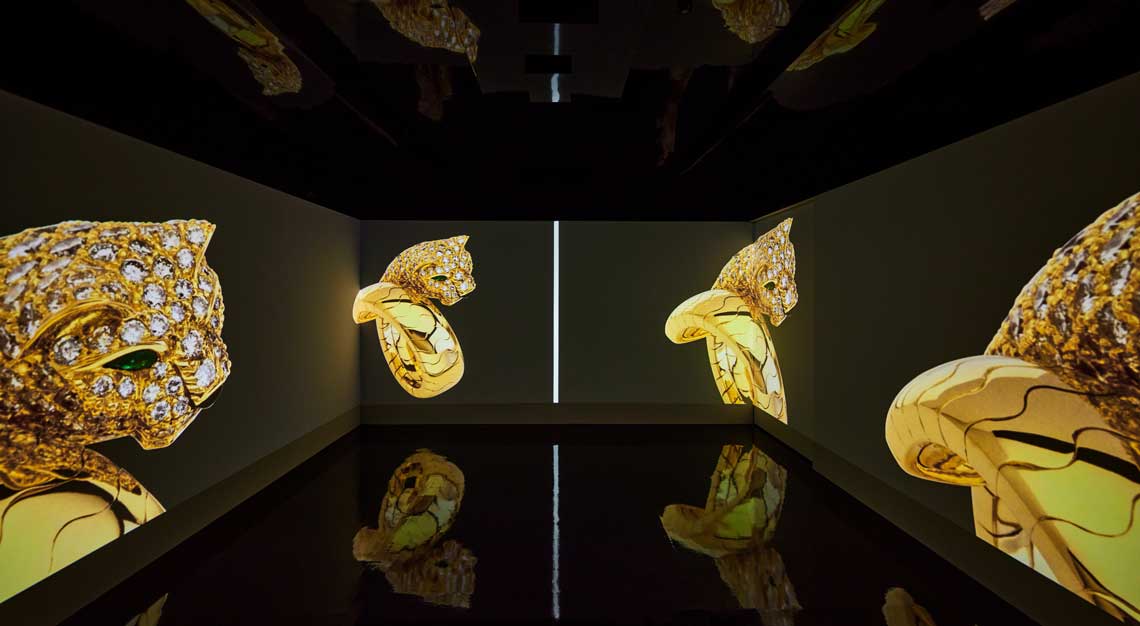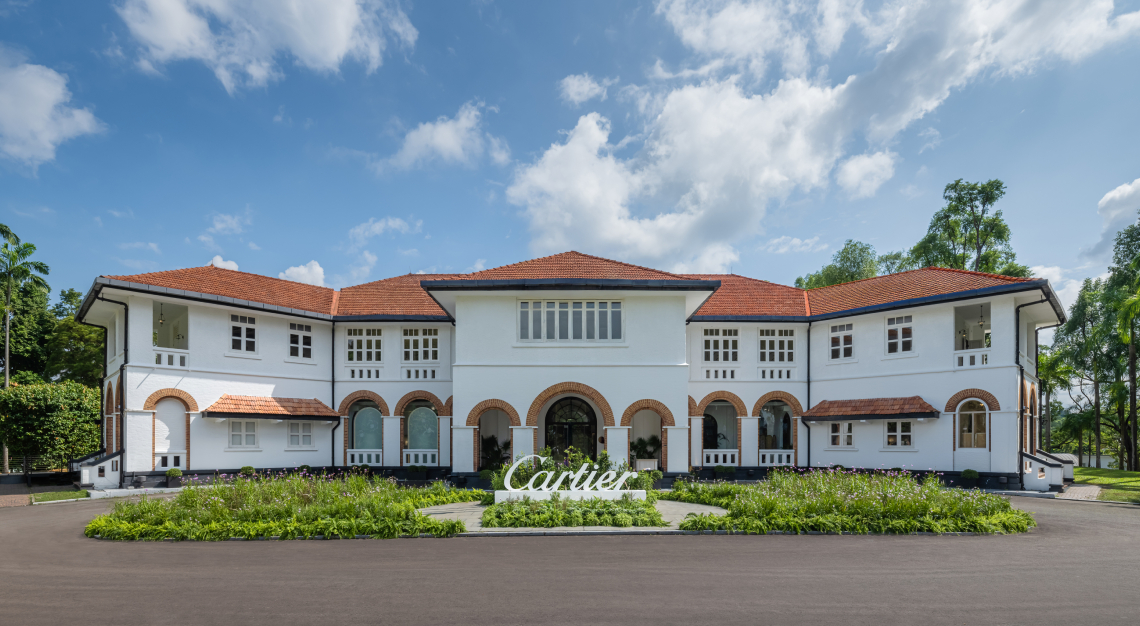Jewellery lovers, with VTL to France, be sure to include this event in your long list of things to do in the City of Lights.
If you’ve always been a big fan of Cartier’s emblematic Tutti Frutti jewellery, or deeply fascinated by the blue-and-green “peacock décor” introduced by Louis Cartier in the early 20th century, then the maison’s latest major exhibition is curated specially for you. Cartier and Islamic Art explores the origins of these creations and many more that came out of the jeweller’s interest in Oriental motifs.
Running from 22nd October 2021 to 20th February 2022 at the Musée des Art Decoratifs in Paris, more than 500 pieces including jewellery and precious objects will be on display. They are sourced from the Cartier archives, private and public loans, and include masterpieces of Islamic art, drawings, books, photographs, and archival documents. It recounts the story of the Cartier brothers’ enthusiasm for Oriental culture as well as quality gemstones and pearls from India.
Journey to the Orient
Indeed it was in India where Jacques Cartier discovered glyptic art, which forms the backbone of the Tutti Frutti pieces till this day. That had been the beginning of the 20th century. Paris was the epicentre of the Islamic art trade and through numerous exhibitions at the Musée des Art Décoratifs, Louis Cartier drew inspiration from a completely new creative style.
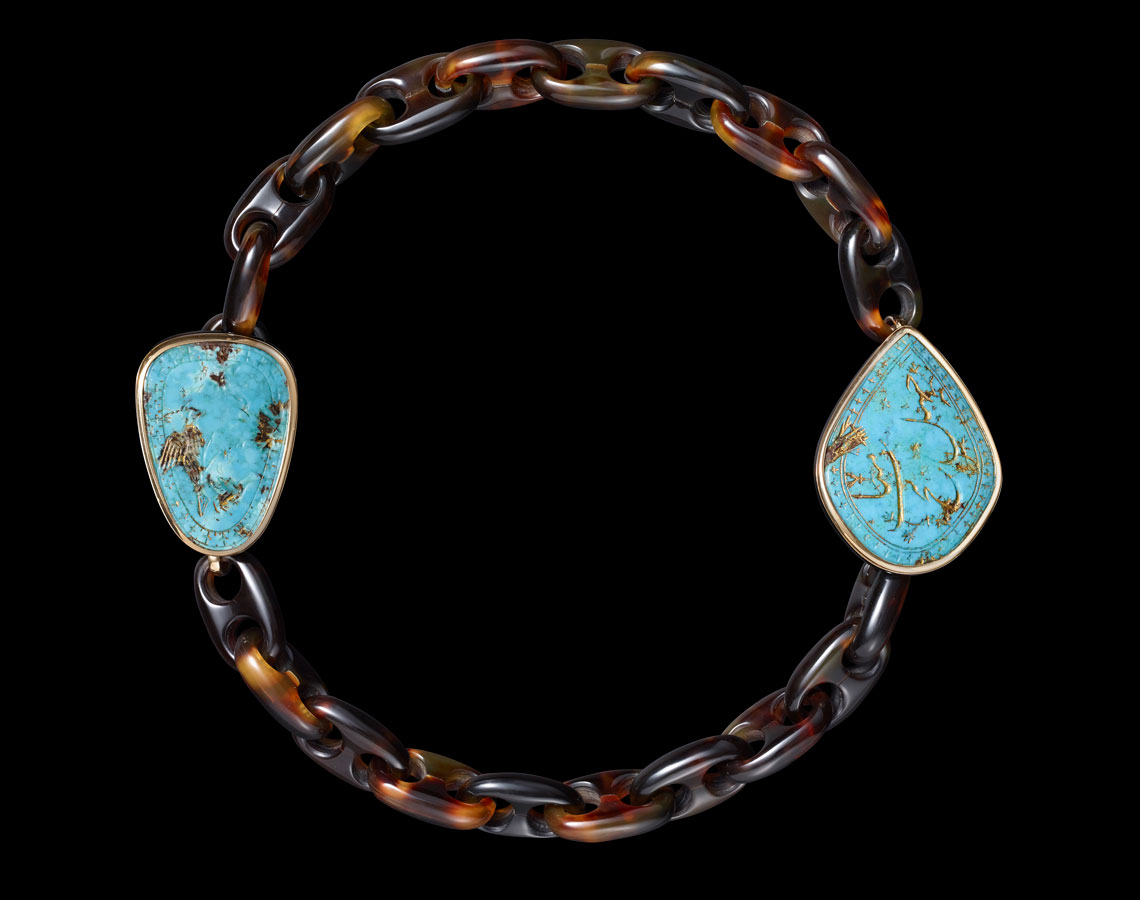
He then began developing pieces based on geometric patterns of Islamic art, as well as enamelled brick decorations derived from Central Asia, Persian architecture and cultural artifacts, and so on. As such, when the Art Deco movement took over Paris and the rest of the world in the 1920s, Cartier had already dominated this style.
In the 1930s, under the artistic direction of Jeanne Toussaint, Cartier’s style gave way to new shapes and colour combinations inspired mainly by India. Tutti Frutti pieces, sautoirs, and voluminous jewellery characterised Cartier’s highly recognisable style and its creations of the second half of the 20th century.
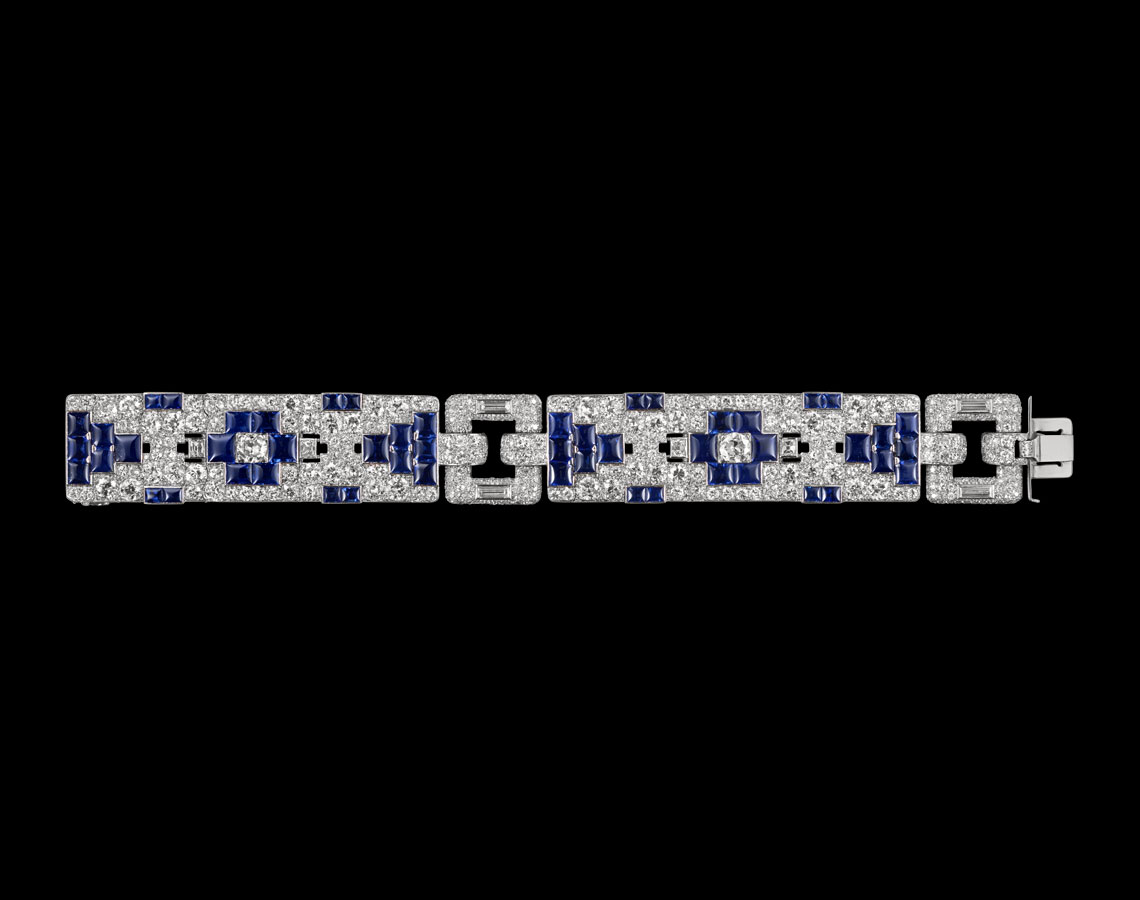
Meanwhile the famous “peacock pattern” combining green stones like jade and emerald with blue ones like lapis lazuli and sapphires continues with frequent appearances in the maison’s contemporary collections.
Three Brothers and a Continent
The exhibition is organised as a themed chronological tour divided into two parts, the first of which explores the origins of this interest in Islamic art and architecture through the cultural backdrop of Paris at the beginning of the 20th century and reviews the creative context among designers and studios as they searched for sources of inspiration.
The second part illustrates the lexicon of forms inspired by Islamic art, from the start of the 20th century to the present day.
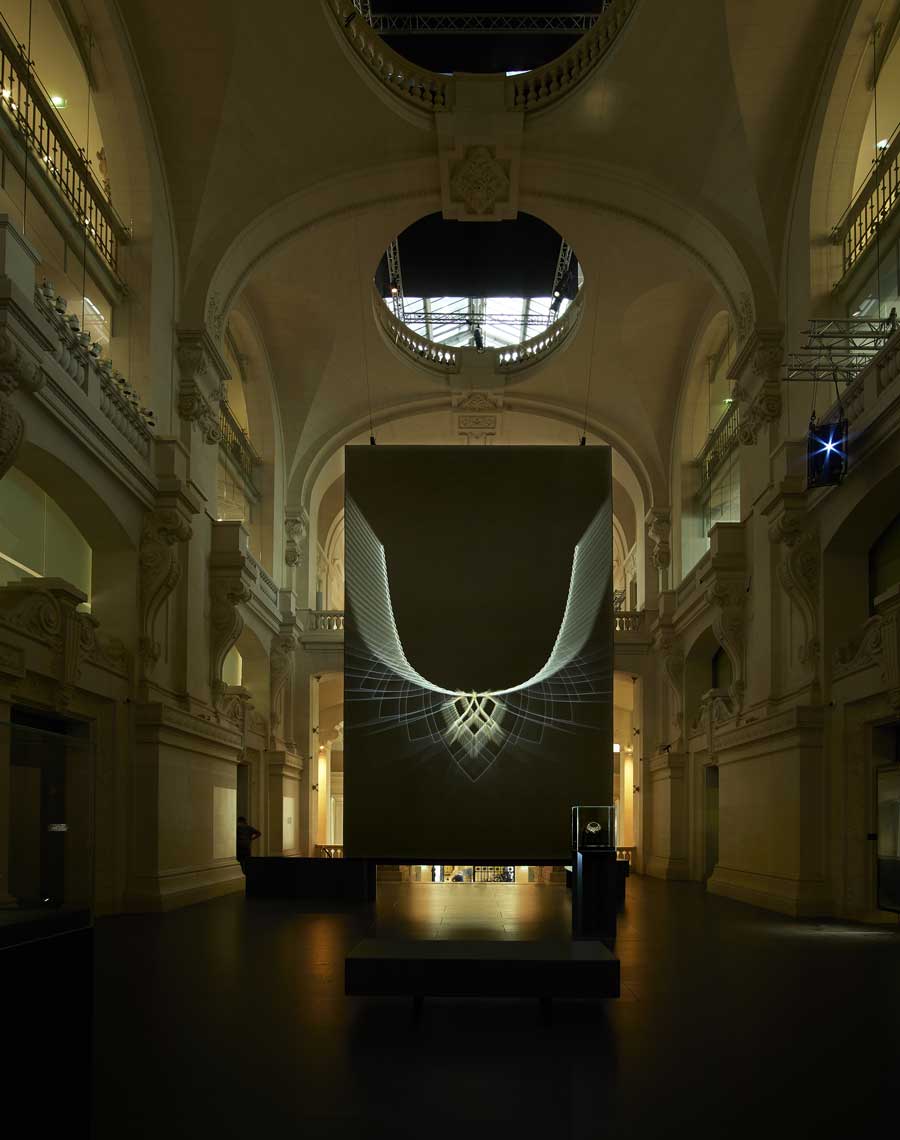
From the outset, visitors find themselves immersed in these shapes and motifs with three of Cartier’s iconic creations set against masterpieces of Islamic art. Along the North Gallery, you are invited, room after room, to explore the creative process and the initial sources of inspiration in jewellery design.
The books in Louis Cartier’s library and his collection of Islamic art were made available as resources for designers. His personal collection, reconstructed thanks to the maison’s archives, is represented here through several masterpieces reunited for the first time since the dispersion of his collection.
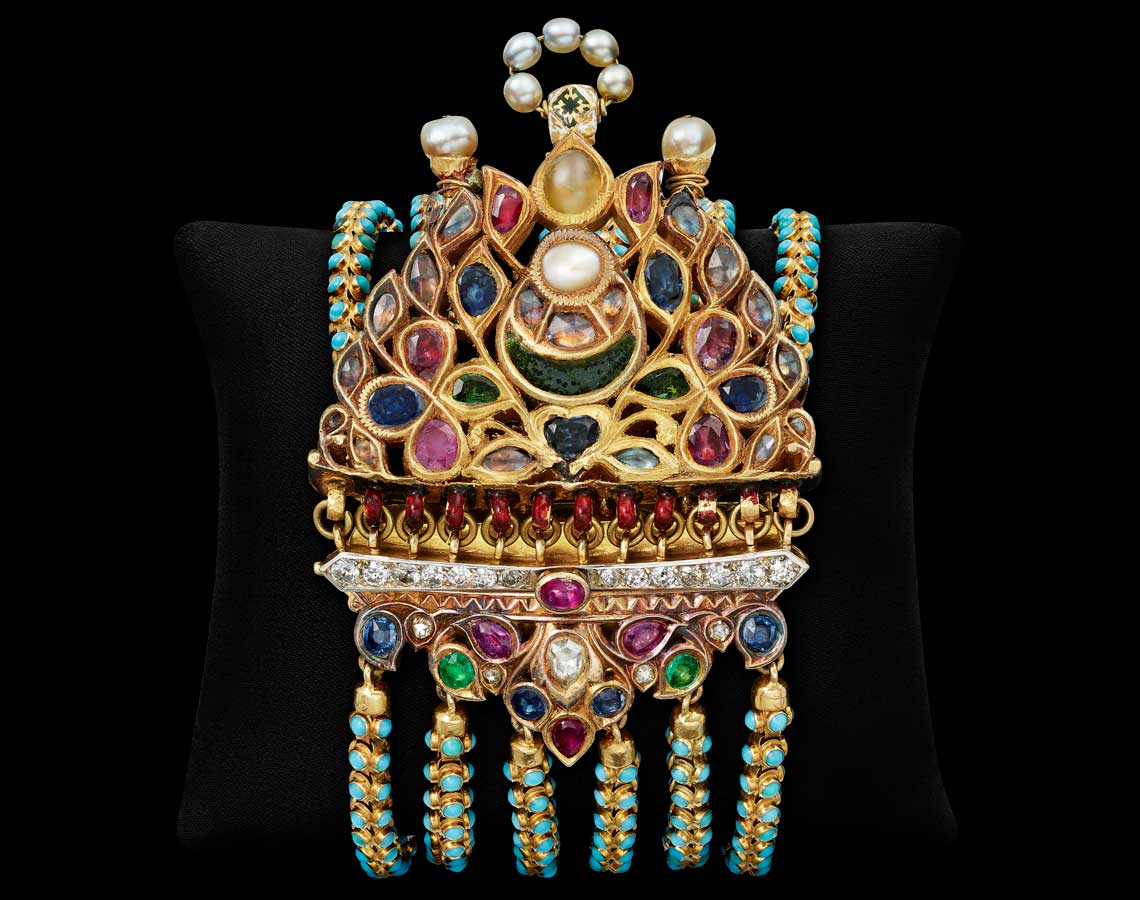
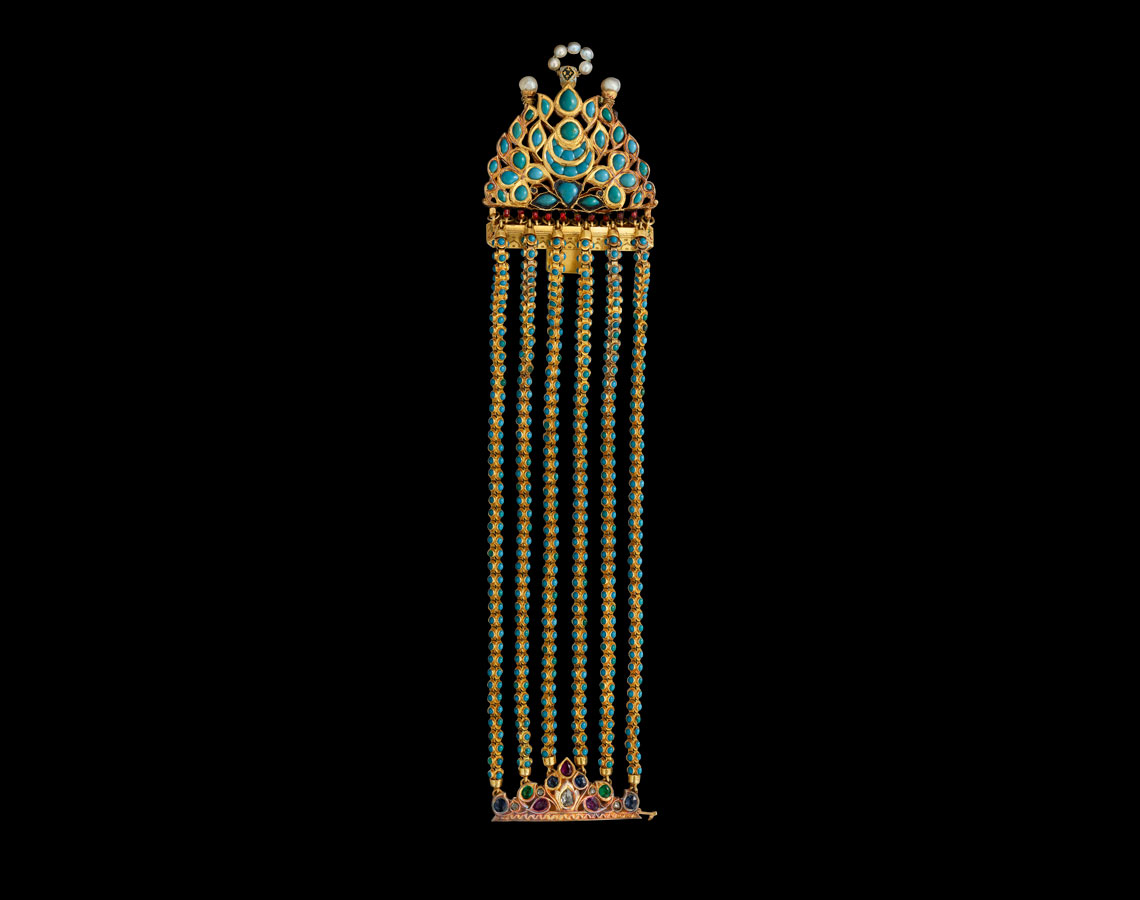
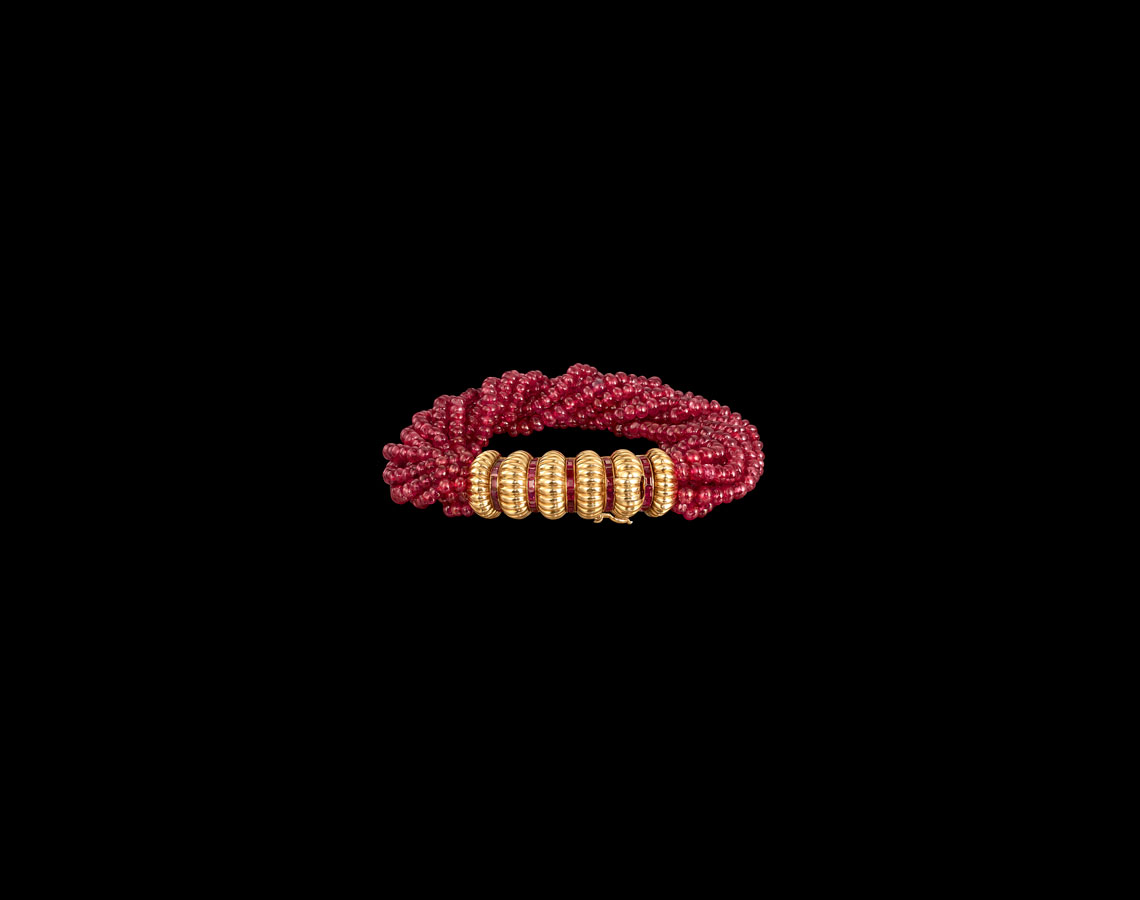
Not forgetting Charles Jacqueau who was an important and brilliant member of Cartier’s team of designers. A selection of his design drawings is presented here thanks to an exceptional loan from the Petit Palais, Fine Arts Museum of Paris.
The exhibition continues by exploring Jacques Cartier’s travels, including to India in 1911, where he met with Maharajahs of the subcontinent. The trading of gemstones and pearls offered Jacques Cartier a way into this country. It enabled him to build relationships with Maharajahs all the while collecting antique and contemporary jewellery, which he would either resell unchanged, use as inspiration, or dismantle for integration into new designs.
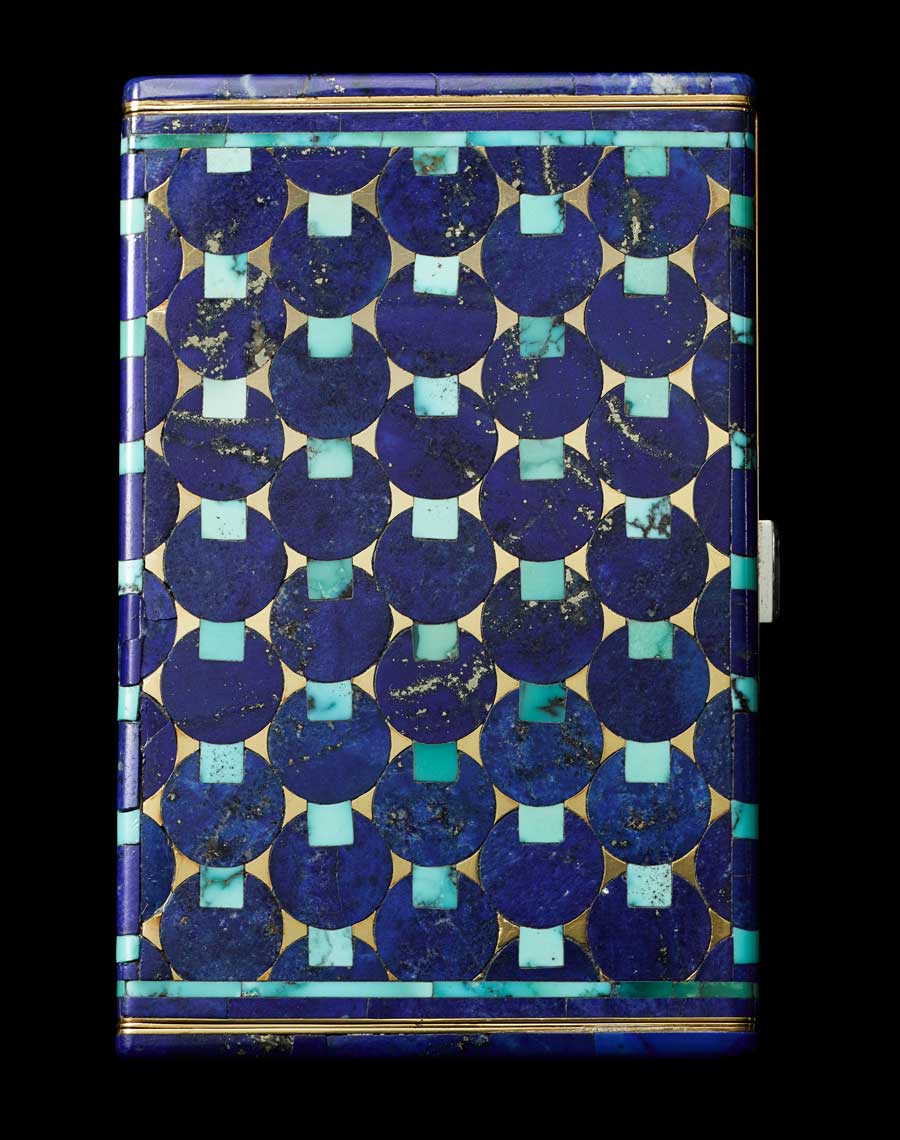
Cartier and Islamic Art – In Search of Modernity runs from 22nd October 2021 to 20th February 2022 at the Musée des Art Décoratifs, Paris. The exhibition runs daily except Mondays and public holidays from 11am to 8pm. Ticket prices at €14 per adult.
